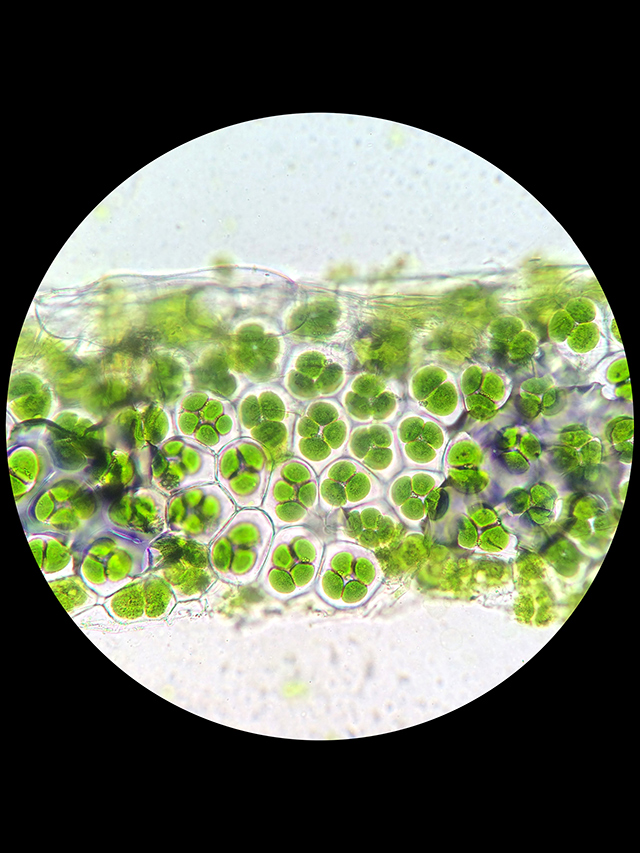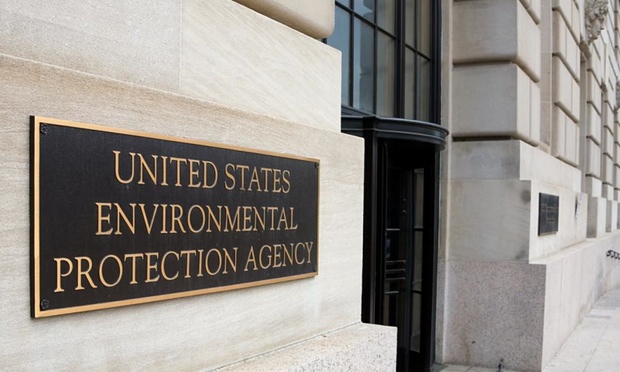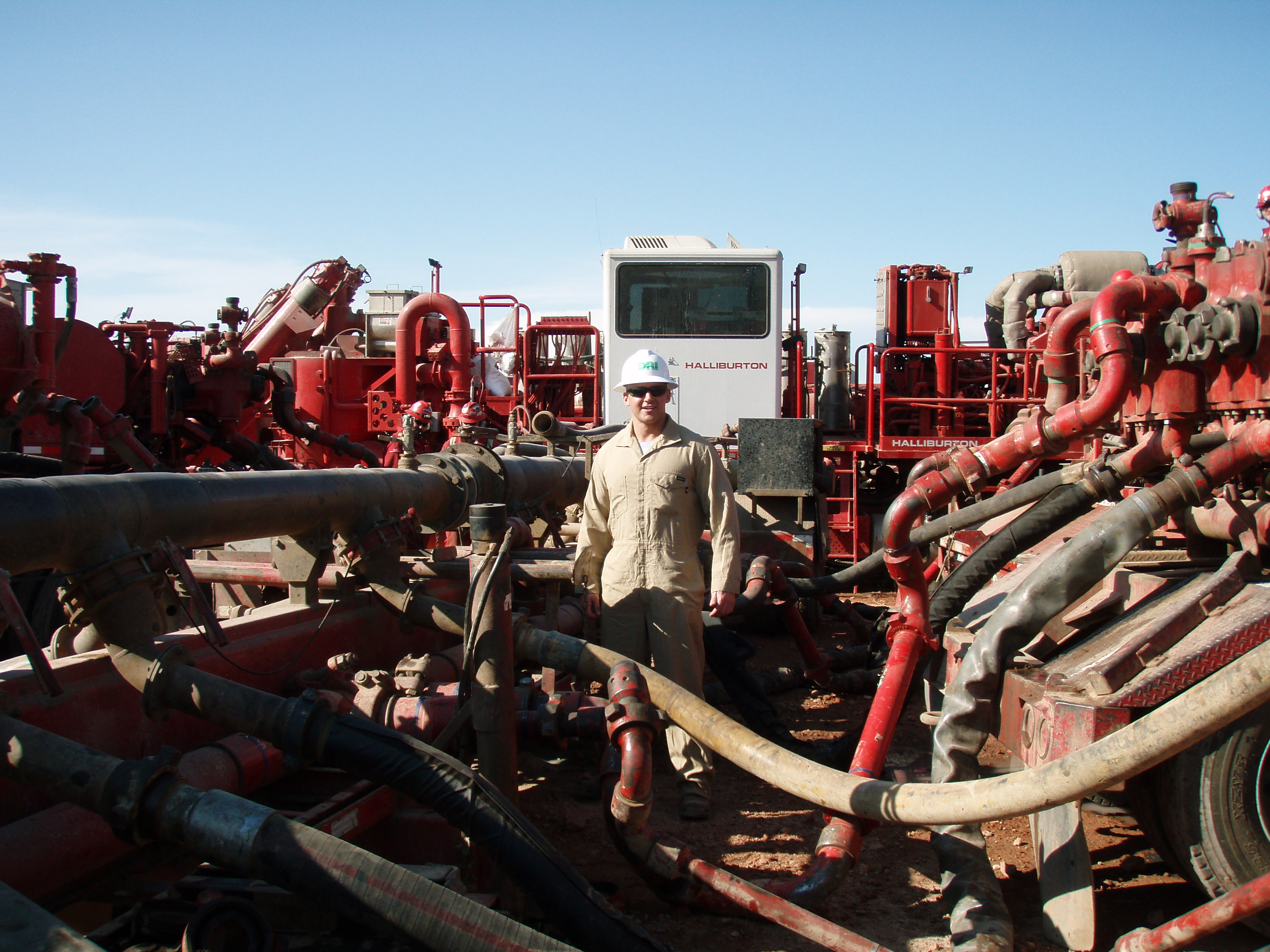It has been ten years since the U.K. first saw the introduction of low-emissions zones, particularly in the city of London, and it’s becoming apparent that the troubles caused by air pollution are still far from over. Data from the World Health Organization (WHO) shows that air pollution is still pretty much a global problem, as it causes the deaths of over 5.5 million individuals each year. The death toll is so bad, in fact, that it’s been called a worse threat to the world population than HIV and malaria combined.
And it’s not as if the world hasn’t been trying. In many countries, there have been plenty of efforts to try and keep the levels of air pollution under control. It’s just that some problems have turned out to be harder to solve than others. The U.K.’s nitrogen dioxide levels, for example, are said to be illegal and described as “life-threatening” by the European Union (EU). Is there anything else that can be done?
That seems like the most pertinent question to ask at the moment, since previous, as well as current efforts, don’t seem to be enough to rectify known issues related to air pollution. As the author of a recent piece on The Independent asks, “Are newer, more dynamic solutions required to deal with our dirty air?”
It is said that almost 10,000 people die prematurely every year in London because of the harmful effects of air pollution. As you can imagine, that kind of mortality rate due to something that’s already recognized as a severe and widespread problem can’t be allowed to go on much longer.
According to Professor Kian Fan Chung, a respiratory medicine specialist from the Imperial College London, the major problems caused by air pollution might be well and truly familiar to most people, but there are still a lot of other issues that arise because of it. “Impacts on cardiovascular and respiratory diseases are well known,” he said.
“But new information now indicates effects on the brain, low birth-weight babies, increased cancer risk, etc.” He further added, “At certain levels of pollution, even normal people start to experience symptoms such as coughing and tight breathing, with increasing risk of chest infections.”
In light of the apparent need for radical solutions that can help to solve air pollution-related problems much quicker, the Independent piece brings up methods already in use in other countries. The first example cited hails from China, where there has been a nationwide push to cut down on the country’s capacity for steel and coal, and a major effort to increase renewable energy investments and adoption.
China is a hotbed for these types of ideas, and it has a number of other ambitious solutions that could be implemented now or in the not-too-distant future. These include the interestingly designed “vertical forests” conceptualized by architect Stefano Boeri, which are as aesthetic as they are environmentally friendly. However, authorities determined that it would cause more harm than good to the environment.
Over in India, a similarly ambitious idea for eliminating air pollution has also been proposed. It comes from Moshe Alamaro, a scientist and aeronautical engineer from the Massachusetts Institute of Technology. He proposed that a jet engine be placed right next to a coal-fired power plant to create a sort of “virtual chimney” that could blast any and all pollutants into the upper atmosphere.
If you think that’s ridiculous, you’ll find that there are even more forward-thinking solutions that have been brought up and even applied in other places. In the Chinese city of Xi’an, for instance, they installed a large air-purifying tower. And there have also been proposals for bus stops with built-in filters that can actively remove harmful toxins from the air. Elsewhere, cars have been banned altogether; the public is urged to rely almost entirely on public transportation options instead.
In any case, the problem of air pollution will likely be solved only if humanity figures out a way to universally nip it in the bud. That is, stop it before it even begins, which could be done by promoting continued use of renewable energy sources and leaving coal for good. Now that would be something worth looking forward to.
Find out the latest methods of minimizing the harmful effects of air pollutants in Pollution.news.
Sources include:
Independent.co.uk
Indy100.com




















